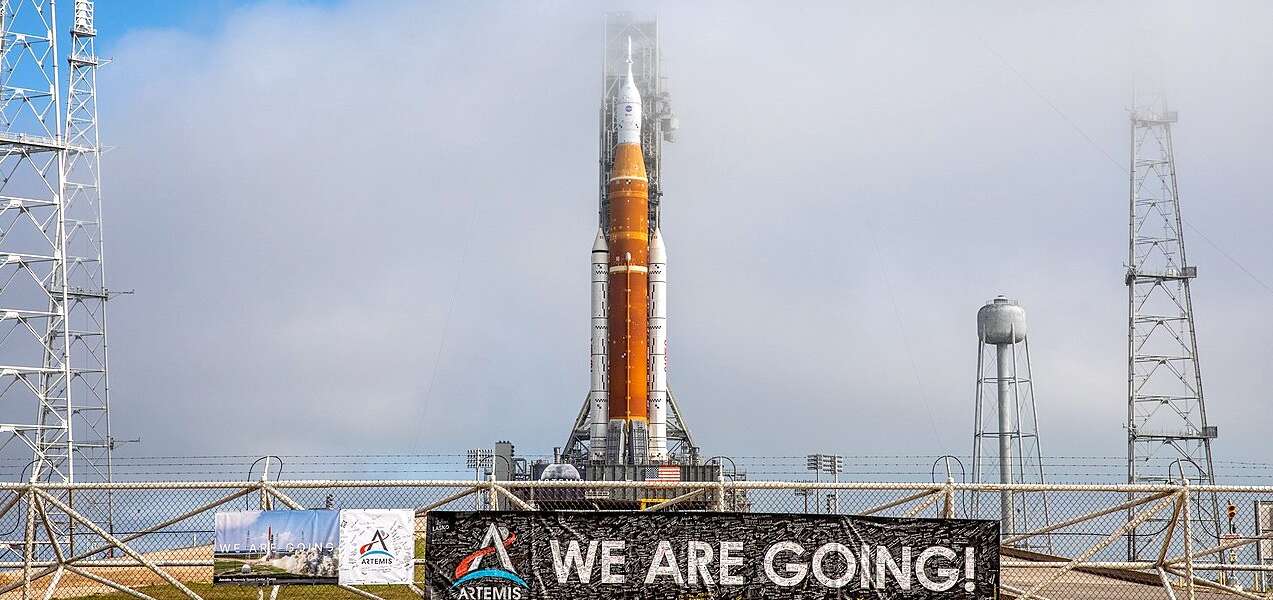With NASA officials preparing again to launch the debut flight of the Artemis lunar program this week, a University of Guelph physics lecturer says the mission will shine a light on Canadian space innovation and inspire a new generation of scientists and explorers.

Orbax is a lecturer in the Department of Physics in the College of Engineering and Physical Sciences. He’s also the co-founder of Royal City Science, a not-for-profit organization dedicated to STEM (science, technology, engineering and mathematics) education, and one-half of Orbax and Pepper Do Science, an educational science-based platform.
The first stage of the Artemis Mission is set to lift off Nov. 15 after two previous attempts that were aborted because of technical difficulties. The first flight will see an un-crewed rocket orbit the moon.
In the second stage, a Canadian astronaut will partake in a lunar flyby. And in the third stage in 2025, two astronauts — including the first woman scheduled to walk on the moon — will live on the lunar surface for a week.
While the significance of a Canadian astronaut flying by the moon will have an impact on aspiring scientists and explorers, the larger portion of Canada’s involvement will be highlighted in the final stage.
To get to the Artemis base camp on the moon’s surface, the astronauts will cross through the Gateway, a lunar orbiting space station to which Canada plans to contribute its third Canadarm.
“The Canadarm3 will also be instrumental in constructing the Gateway operating in the deepest space it has ever operated,” says Orbax. “To give you an idea of scale, the International Space Station, where Canadarm2 resides, is 400 kilometres away; the Gateway will be 400,000 kilometres away.”
The Artemis base camp will have a rover. Canadian companies are building one to ensure it withstands the cold temperatures and extreme workloads that come with conducting science on the moon, says Orbax.
Those innovations will have benefits beyond the obvious ones of exploring and developing new technology, says Orbax. There will also be new jobs and careers in science, media, technology, hardware and logistics.
“But, of course, the most important effect missions like this have is in inspiring a whole new generation of scientists and explorers,” he adds, “and in engaging with the natural curiosity that we all have for what lies beyond the edges of our sky.”
Contact:
Orbax
orbax@uoguelph.ca
